- No products in the cart.
Tobropt drops Ch. 0.3% 5 ml-vial cap.
$2.75
Tobropt drops Ch. 0.3% 5 ml-vial cap.
Description
Composition
Active substance:
1 ml contains: tobramycin – 3 mg ;.
Excipients:
Boric acid – 13 mg Sodium chloride – 2.5 mg Anhydrous sodium sulfate – 1.5 mg tyloxapol – 1.0 mg, 0.1 mg of benzalkonium chloride, 1 M sodium hydroxide solution or 0.5 M solution of the acid sulfuric –
QS (to pH 7,5 ± 0,1), purified water – up to 1 ml.
Description:
Transparent, colorless or slightly yellowish solution.
Product form:
0.3% eye drops. 5 ml of a white polymer-dropper bottle closed with a polymeric cap with a safety ring. In one dropper bottle together with instructions for use in a cardboard box.
Contraindications
Hypersensitivity to the drug, the period of breastfeeding, children under 1 year.
Dosage
0.3%
Indications
Treatment of infectious diseases of the anterior segment of the eyeball, caused by susceptible microorganisms tobramycin.
Interaction with other drugs
For topical ophthalmic application has not been described clinically significant interactions. In the case of simultaneous administration of tobramycin topical and systemic aminoglycoside antibiotics may increase the side effects of systemic nature. When the joint application of eye drops tobramycin and corticosteroids for topical application in ophthalmology may be masked clinical symptoms of bacterial, fungal and viral diseases organ of vision, as well as suppressed hypersensitivity reaction.
Overdose
Given the characteristics of the drug is not expected toxic effects of an overdose of the drug topically or in case of accidental ingestion of the contents of one vial. Clinical manifestations of overdose when used as tobramycin instillations (including punctate keratitis, erythema age, lacrimation, conjunctival edema, pruritus, age) can be similar undesirable phenomena that occurred in some patients during drug treatment. In the case of a local overdose, wash the eye with warm water, while if accidentally swallowed treatment is symptomatic.
pharmachologic effect
Pharmacological group:
Antibiotic – aminoglycoside.
Pharmacodynamics:
Broad-spectrum antibiotic of the aminoglycoside. At low concentrations bacteriostatic (blocks 30S subunit of ribosomes and the synthesis gives protein) and higher – bactericidal (protein synthesis and gives the permeability of the cytoplasmic membrane of the microbial cells causing its death). Sensitive to tobramycin microorganisms: Aerobic Gram-positive microorganisms: Corynebacterium, Staphylococcus aureus (methicillin sensitive); coagulase-negative species of staphylococci (methicillin sensitive, including penicillin-resistant strains). Gram-negative bacteria: types of Acinetobacter; Escherichia coli; Haemophilus influenzae; species Klebsiella; types of Moraxella; Morganella morganii; Pseudomonas aeruginosa. Tobramycin resistant organisms: Aerobic Gram-positive microorganisms: some species of Staphylococcus, methicillin-resistant with the frequency of cases of resistance up to 50% of all staphylococci in some European countries; Streptococcus pneumoniae and most strains of Streptococcus Group D. Some gentamitsinustoychivye strains retain high sensitivity to tobramycin. The emergence of resistance to tobramycin is the result of modification and inactivation of antibiotics enzymes present in the periplasmic space of the bacterium. There are three different mechanisms by which inactivate aminoglycosides: acetylation of amino groups, phosphorylation of hydroxyl groups and the hydroxyl groups adenylation. It is also possible volatility sensitivity between aminoglycoside antibiotics relative to other classes of modified enzymes. The most common mechanism of acquired resistance to aminoglycoside – antibiotic is inactivated by modifying the plasmid and transposon-encoded enzymes. Below the critical values of the minimum inhibitory concentration (MIC), which is separated sensitive microorganisms S (MIC of 8 mg / ml. The resistance may vary geographically corresponding to species of microorganisms, so it is desirable to have information regarding the local resistant organisms, particularly in the treatment of severe infections.
Minimal inhibitory concentration (mg / ml): Staphylococcus aureus 0.2 Streptococcus pyogenes 12.5 Streptococcus pneumoniae 25 Pseudomonas aeruginosa 0.6 Escherichia coli 1.2 Klebsiella pneumonia 0.8 Proteus vulgaris Proteus mirabilis 1.2 1.2 1.2 Proteus morganii Proteus rettgeris Haemophilus 2.5 0.5 5.0 Neisseria.
Pharmacokinetics:
When applied topically, low systemic absorption. Tobramycin not penetrate through the cornea, and its concentration in the aqueous humor after topical application of 0.3% solution was not determined. Increasing the frequency of application can enhance tobramycin concentrations in the aqueous humor.
Pregnancy and breast-feeding
Pregnancy
Data on the use of topical ophthalmic tobramycin to pregnant women are not available or are limited. Following intravenous administration to pregnant women tobramycin penetrates through the placenta and into the bloodstream of the fetus. Ototoxic effect of tobramycin in the case of its use during pregnancy is not expected. In animal studies show that tobramycin has reproductive toxicity only at exposures that significantly exceed its maximum exposure in humans, suggesting that these effects do not have significant clinical value. Teratogenic effect of tobramycin in rats and rabbits have been identified. Application Tobropt drug, eye drops during pregnancy is not recommended.
Breastfeeding
It is not known whether tobramycin passes into breast milk in humans after topical ophthalmic use. Tobramycin passes into breast milk in humans after systemic application. Detection of tobramycin in breast milk or its ability to cause clinically significant effects in infants whose mothers used the drug, are unlikely to occur. However, the risk to the infant can not be excluded. It is necessary to take a decision to stop breastfeeding or termination or suspension of the drug, taking into account the benefit of breast-feeding for the child and the benefit of therapy for the mother.
Fertility studies have not been conducted to evaluate the effect of topical ophthalmic application of tobramycin on fertility in humans.
Conditions of supply of pharmacies
Available on prescription.
side effects
In clinical studies, including the most common adverse reactions observed conjunctival injection and discomfort in the eyes, which appeared approximately 1.4% and 1.2% of patients, respectively. Information about adverse events were obtained in clinical trials and post-marketing experience with the drug, and are classified according to frequency of occurrence of the following gradation: very often (> 1/10), often (by> 1/100 to 1 / 1,000 to 1 / 10,000 to
Disorders of immune system: Infrequent-hypersensitivity; the frequency is unknown, anaphylactic reaction.
Disorders of the nervous system: Infrequent-headache.
Violations by the organ of vision: often, discomfort in the eye, conjunctival injection, and allergic phenomena by the organ of vision, itchy eyelids .; infrequently, keratitis, corneal erosion, impaired vision, blurred vision, erythema eyelid, eye discharge, conjunctival edema, eyelid swelling, pain in the eye, a syndrome of “dry” eyes, itchy eyes, watery eyes; the frequency is unknown, irritation of the eyes.
Violations of the skin and subcutaneous tissue: rare-hives, dermatitis, madarosis, leucoderma, pruritus, dry skin; frequency is unknown, skin rash, Stevens-Johnson syndrome, erythema multiforme exudative.
special instructions
Some patients may occur sensitivity to aminoglycosides when applied topically. Allergic reactions may be of varying severity and vary from local effects to generalized reactions, including erythema, pruritus, urticaria, hives, anaphylaxis, anaphylactoid reaction or bullous reaction. If hypersensitivity develops during the use of the drug, treatment should be stopped. There may be a cross-hypersensitivity to other aminoglycosides, and to consider the possibility that patients who have hypersensitivity to tobramycin occurred when applied topically, may also be sensitive to other local and / or systemic aminoglycosides. Serious adverse reactions including neurotoxicity, ototoxicity and nephrotoxicity may occur in patients receiving systemic treatment with tobramycin. Care must be taken in the combined use of eye drops tobramycin and systemic administration of antibiotics of the aminoglycoside. As with other antibiotics, prolonged use Tobropt drug, eye drops can result in excessive refractory growth of microorganisms, including fungi. In case of a superinfection is necessary to assign appropriate therapy. During the treatment of ocular infections wearing contact lenses is not recommended. Tobropt drug, eye drops contains benzalkonium chloride which may cause eye irritation and discolour soft contact lenses. Avoid contact Tobropt preparation with soft contact lenses. Patients who use contact lenses must be informed of that before application of the drug should remove their lenses and set back no earlier than 15 minutes after instillation of the preparation
The effect on the ability to operate vehicles, machinery
Temporary blurred vision or other visual disturbances after treatment may affect the ability to drive vehicles or machinery. If blurred vision occurs after instillation of the drug, before operating a vehicle or machinery patient should wait for the restoration of visual acuity.
Storage conditions
In a dry, dark place at a temperature not higher than 25 C.
In the reach of children.
Dosing and Administration
Locally. In the case of lung flow of infection and infection medium severity process 1 to 2 drops into the conjunctival sac every 4 h. In severe cases of infection of 2 drops into the conjunctival sac every 60 minutes, with a decrease in the frequency of instillation of the preparation decreasing inflammation phenomena. The duration of treatment depends on the etiology of the infection and can last from several days to several weeks. Possible to combine the use of eye drops and ointments. To prevent contamination of the tip of the dropper-bottle, and the solution is necessary to avoid its contact with the eyelids, periorbital region or other surfaces. After application should be tightly closed vial. Keep Dropper bottle tightly closed. In the case of joint use with other drugs for local application in ophthalmology, it is necessary to observe an interval of 5 minutes between instillations. In this case, eye ointments should be applied last.
Use in elderly
It does not require dose adjustment when used in the elderly. Use in children Perhaps the use of tobramycin eye drops in patients 1 year of age and older at the same dose as in adults. Efficacy and safety of the drug in patients younger than 1 year has not been established.
Use in patients with renal or hepatic insufficiency
The efficacy and safety of the drug in patients with renal or hepatic insufficiency has not been established. When applied topically tobramycin notes its low systemic exposure. In the case of joint use with systemic aminoglycoside antibiotics need to monitor their blood plasma concentration for maintaining the desired systemic concentrations.
Information
Appearance may differ from that depicted in the picture. There are contraindications. You need to read the manual or consult with a specialist
Additional information
| Weight | 0.100 kg |
|---|---|
| Manufacturer | Rompharm |

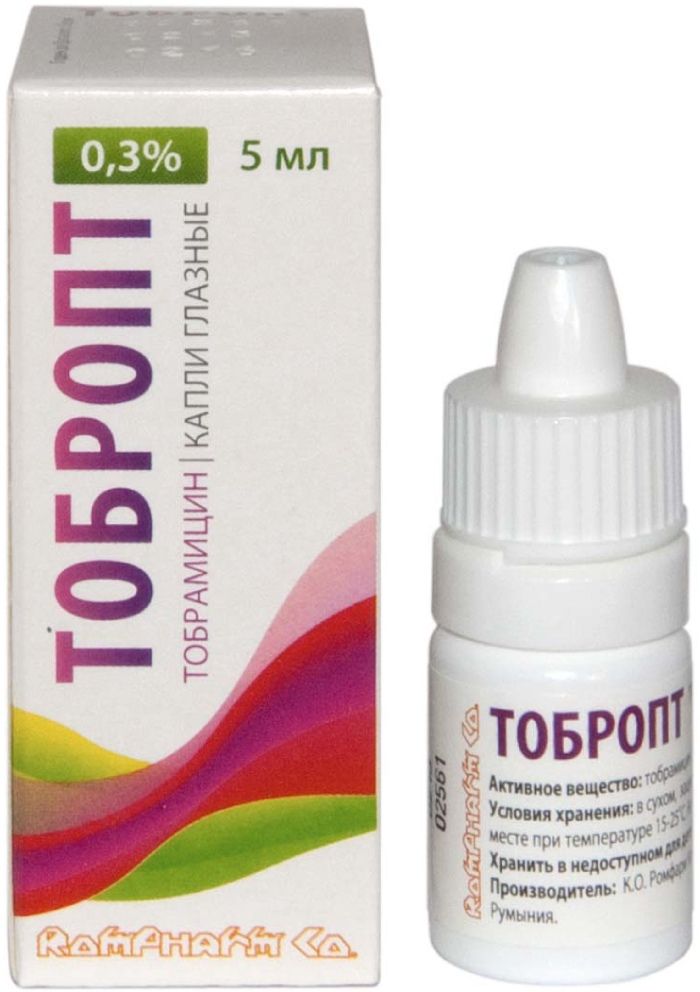
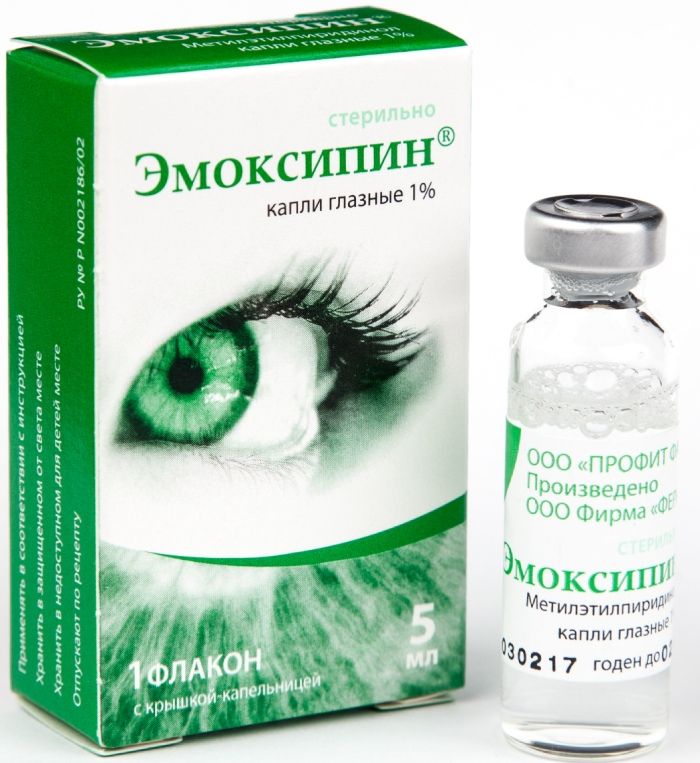

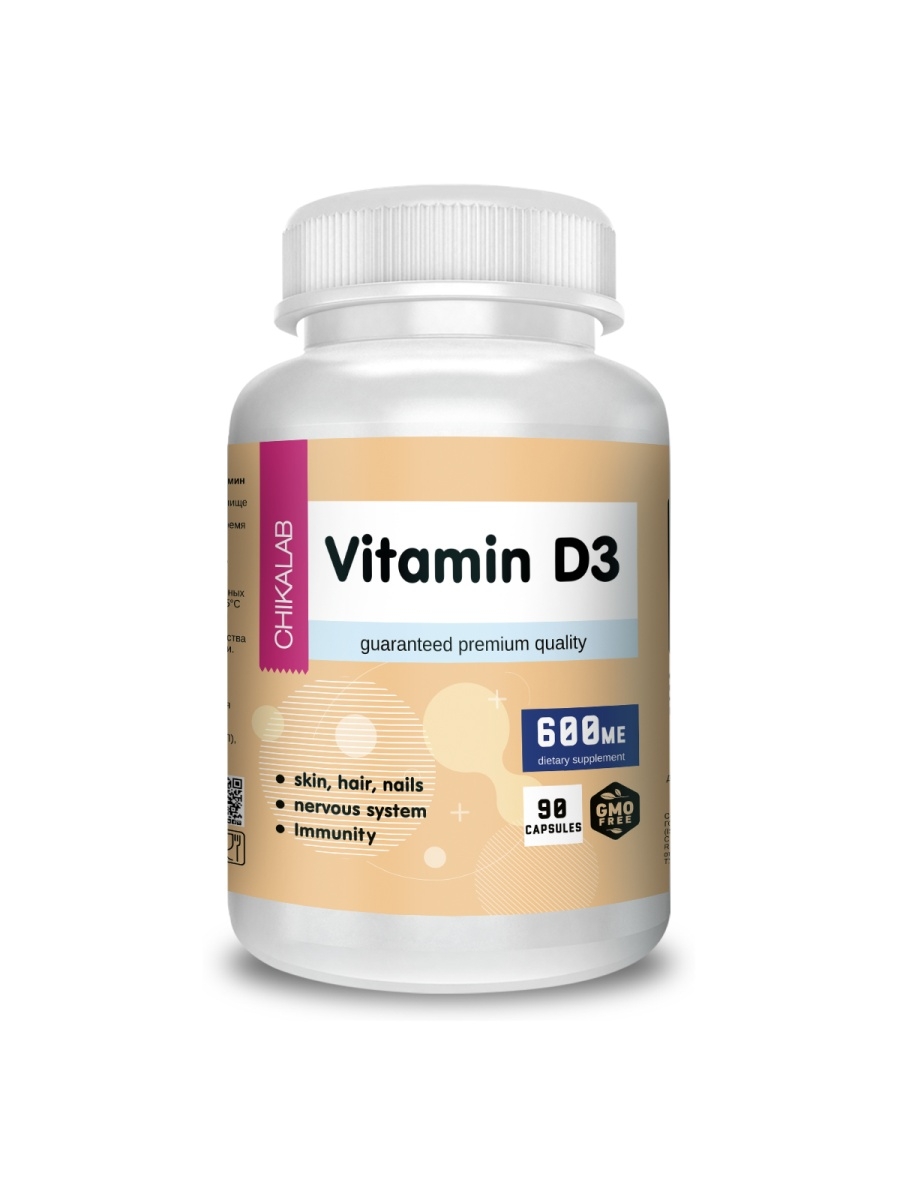
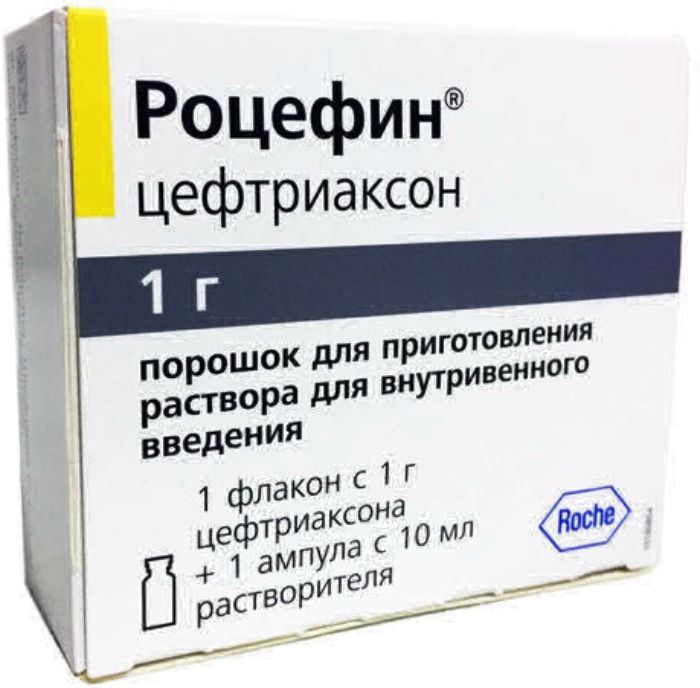
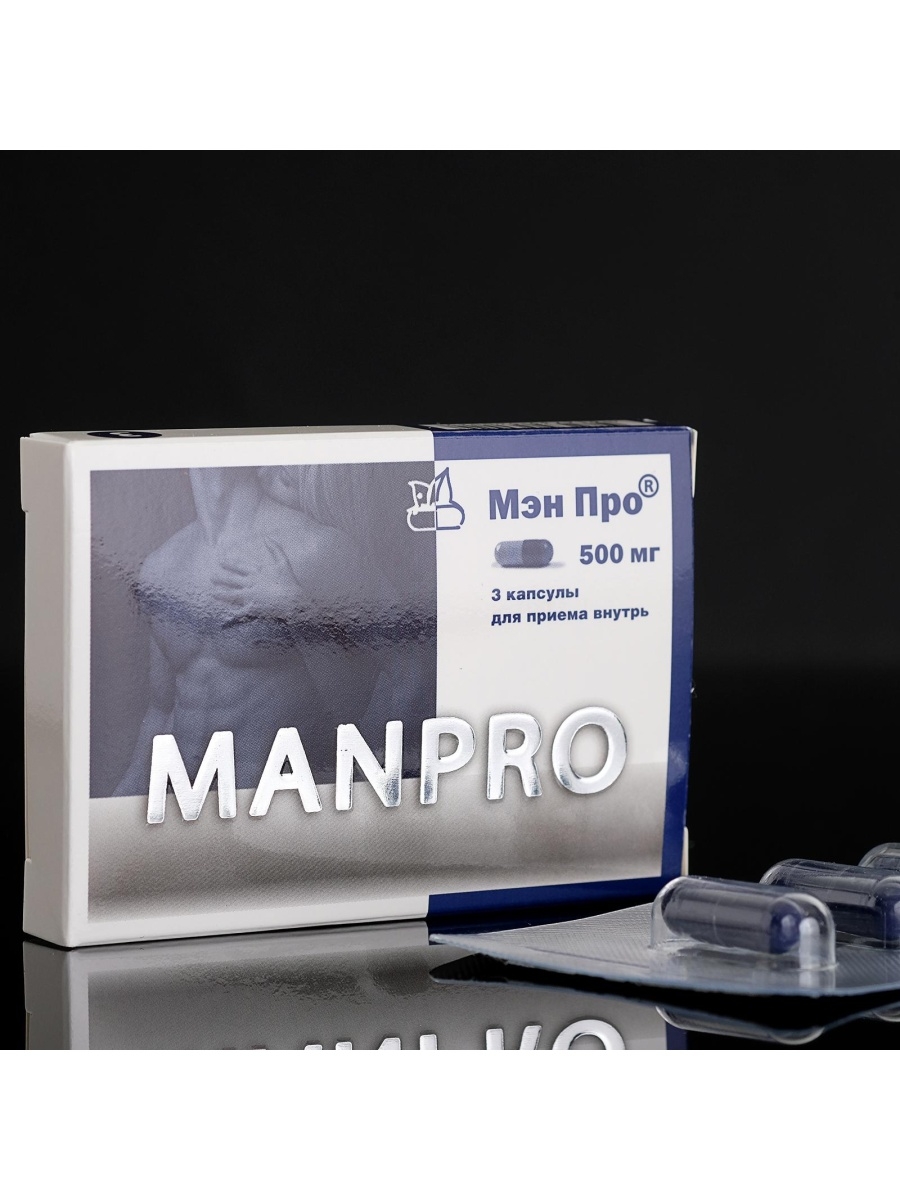

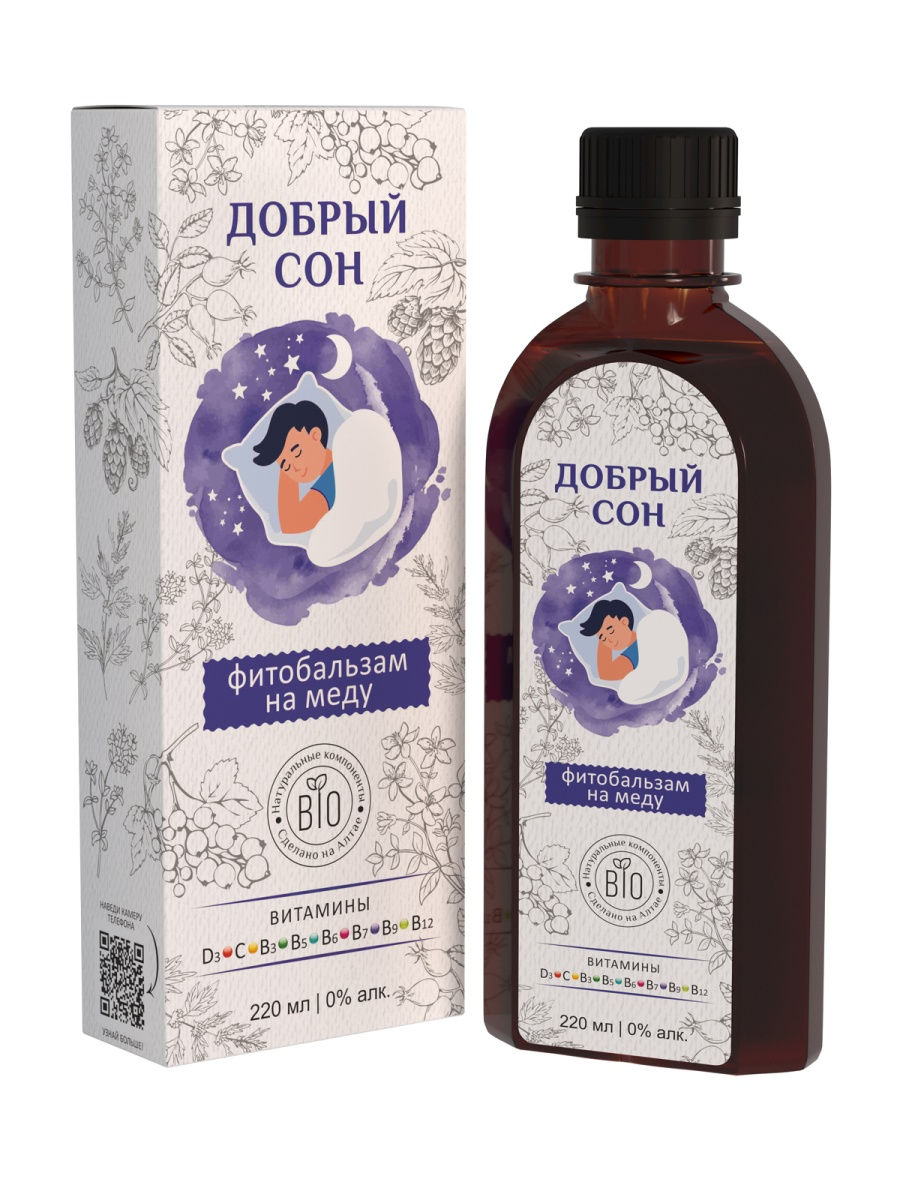
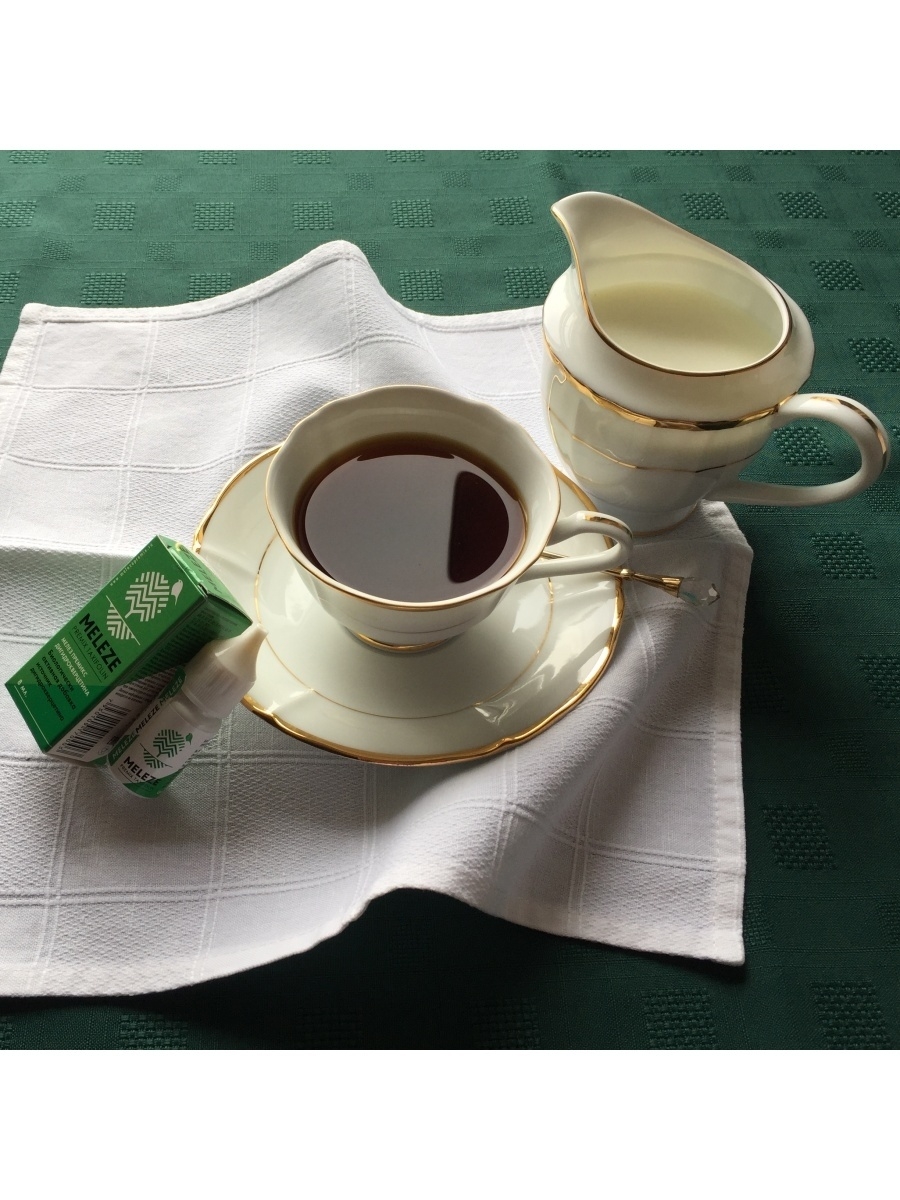




There are no reviews yet.